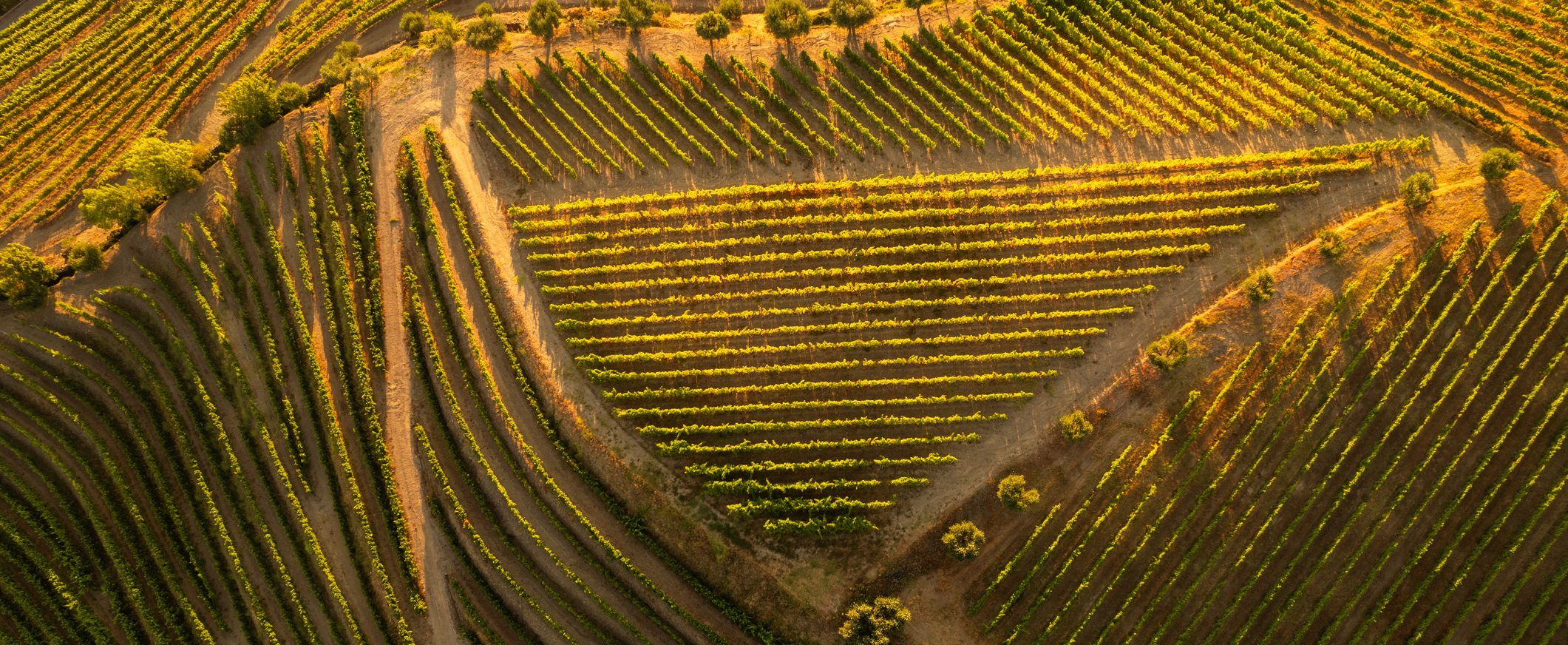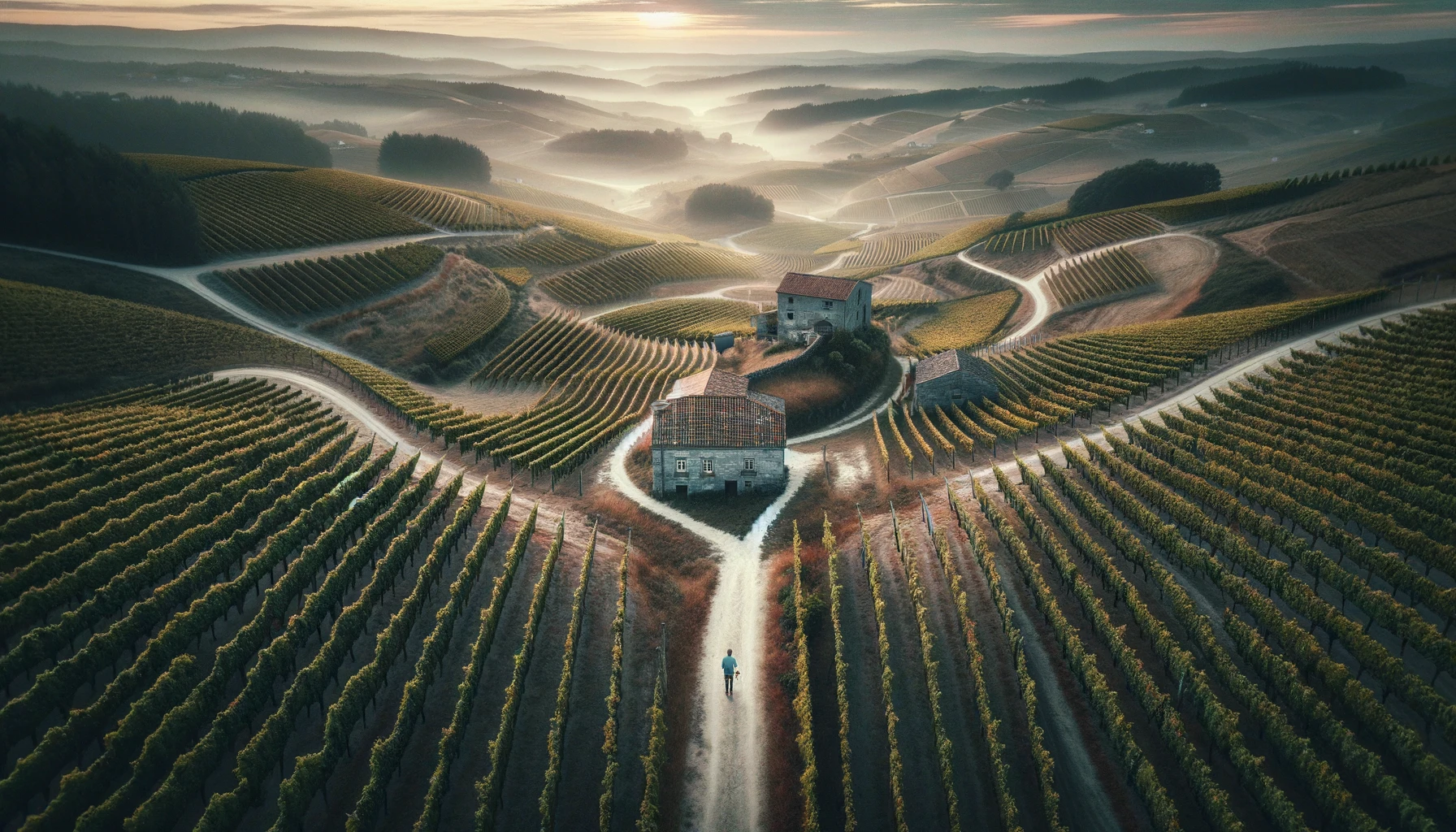Organic wine production often elicits strong reactions, especially among those who see the world in black and white. The discussion becomes even more heated when you introduce terms like “wine” and “sulphites,” as the definitions and standards for these vary significantly by country, grape type, wine production methods, and sometimes even the intended market. This complexity has been a tool for wine marketers for centuries, weaving a web of intrigue around the enigmatic world of wine.
The Vineyard: Cultivating Organic Grapes
In the vineyard, organic wine is made from grapes cultivated without the use of chemical fertilizers, pesticides, fungicides, or herbicides. This approach requires a holistic understanding of the vineyard ecosystem, including soil health, biodiversity, and pest management. Organic viticulture often employs natural pest predators, cover crops to enrich soil nitrogen, and composting to maintain soil fertility. The goal is to create a self-sustaining ecosystem that supports healthy grapevines.
The Winery: Minimal Intervention Philosophy
At the winery, the process is guided by principles of minimal intervention, avoiding techniques like reverse osmosis, excessive filtration, and the addition of flavor enhancers like liquid tannin or oak chips. This philosophy aims to preserve the natural character of the grapes and terroir—the unique environmental factors that influence the taste and quality of the wine. Winemakers may use native yeasts for fermentation, avoid excessive sulfite additions, and employ traditional aging methods such as oak barrels to enhance the wine’s complexity naturally.

The global debate over the use of sulphites in organic wine adds another layer of complexity. Standards vary worldwide, and in the U.S., a wine can be labeled as “made with organic grapes” if it is produced from 100% certified organic grapes but includes added sulphites (up to 100 parts per million) or uses non-native yeasts. In contrast, Europe lacks an equivalent classification, though the European Union has its own stringent regulations for organic wine.
The use of sulphites is contentious because, while they act as preservatives to prevent spoilage and oxidation, some consumers are concerned about potential health effects and prefer wines with minimal additives.
The discussion extends to biodynamic winemaking, a practice based on the teachings of Austrian anthroposophist Rudolph Steiner (1861-1925). This method integrates homeopathic and astrological principles into the organic process, adding another dimension to the already complex world of wine production. Biodynamic practices include specific preparations made from herbal and mineral ingredients, the use of a lunar calendar to guide vineyard work, and a focus on creating a balanced, self-sustaining ecosystem. While some view biodynamics with skepticism, others believe it enhances the vitality and quality of the wine.

Are there still dishonest players in the industry? Absolutely. Some organic producers do sell subpar wines to unsuspecting consumers, but such deception is not unique to wine; it occurs in all areas of life. Despite this, terms like natural, green, Earth-friendly, fish-friendly, organic, and biodynamic are just words. The real measure is in the actions taken. At the grassroots level, many wine businesses are leading the charge in adopting environmentally responsible agriculture and wine production practices.
In regions like Chile, California, and New Zealand, the wine industry has initiated comprehensive programs to transform wine-growing culture from the ground up, including efforts to change the mindset of its employees. In South Africa, wine producers are leading the way in removing non-indigenous vegetation and restoring the surrounding land to its natural state. These efforts not only enhance biodiversity but also improve the resilience and sustainability of the vineyards.
In British Columbia, despite recent challenges from severe cold, grape-growing methods are experiencing a significant shift, with hundreds of hectares transitioning to organic practices since 2020. It is anticipated that by 2030, half of the vineyard sites in B.C. will be organically farmed, potentially making it the region with the highest percentage of organic vineyards worldwide by area. This transition is driven by a combination of consumer demand, governmental support, and the recognition of the long-term benefits of sustainable farming practices.

While the journey towards fully sustainable and organic wine production is fraught with challenges and inconsistencies, the overarching trend is positive. The commitment of many in the industry to environmental stewardship and ethical practices is commendable. As consumers, we play a vital role in this ecosystem by supporting wineries that prioritize sustainability and transparency. This support can drive further change, encouraging more vineyards to adopt organic practices and ultimately lead to a healthier planet and a more authentic wine experience.





